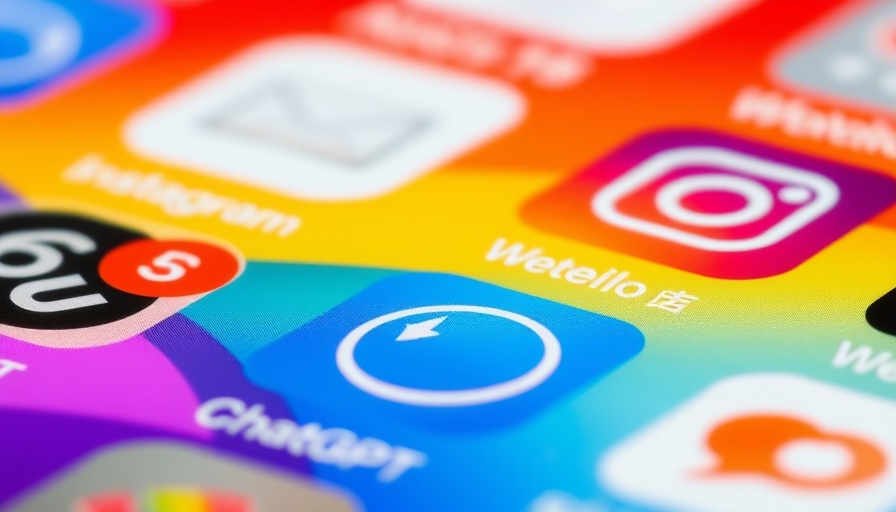
Understanding the Threat: Google’s Gemini 2.0 Flash and Copyright Violation
In a world where digital images are ubiquitous, the presence of watermarks serves as an essential layer of protection for creators, marking their territory in an increasingly chaotic internet landscape. Enter Google’s Gemini 2.0 Flash, an AI marvel that, while capable of enhancing creative expression, raises significant alarms regarding copyright enforcement. As it can effectively erase watermarks from images—often integral to copyright claims—Gemini 2.0 poses a direct challenge to the existing digital rights framework.
AI-Driven Copyright Concerns
Watermarks not only help identify the owners of images but also deter unauthorized use, acting as a barrier against the parallel operations of digital piracy. Removing these markers, as reports indicate Gemini 2.0 can, essentially allows users to bypass copyright restrictions. This capability not only invites ethical debates but also dangerously blurs the lines of intellectual property work among artists and corporations, creating a myriad of legal obstacles for those in the creative space.
The Role of Technology in Encouraging Creativity vs. Protecting Rights
As technology evolves, the potential for misuse grows. Previous watermark removal tools, such as those discussed by The Verge and Tom's Hardware, highlight a glaring issue—creative tools should ideally foster innovation without infringing on rights. While Gemini 2.0 may enhance user creativity by erasing visibly obstructive watermarks, what is the cost? Many in the professional creative community argue that elevating artistic expression shouldn't come at the expense of undermining a creator's right to their work.
Are There Safeguards Against Misuse?
Interestingly, despite Google's powerful AI capabilities, the company has historically incorporated restrictions on the types of content that can be generated. For instance, models like OpenAI’s GPT-4o refuse requests to erase watermarks. Yet, Gemini's functionality suggests a lapse in oversight, as it seems users can exploit the feature without significant restrictions. The implications of this lack of guardrails could lead to adverse effects for content creators everywhere.
The Broader Impact on Digital Markets
The reach of Gemini 2.0 goes beyond individual creators; it can have reverberating effects on entire industries. For instance, stock media companies like Getty Images rely on watermarking to signify ownership, and their business models are predicated on users purchasing rights to use images. If watermark removal becomes commonplace through AI tools, the market dynamics may shift significantly, opening floodgates to an environment where original creators are marginalized.
A Look Ahead: What’s Next for Copyright Laws?
As technology continues to evolve, so must our legal frameworks. Current copyright laws are struggling to keep pace with the rapid advances in AI capabilities. Stakeholders in media, law, and technology must engage in discussions on how to enforce copyright protections meaningfully in a digital future rife with AI tools like Gemini 2.0. This situation underscores the pressing need for cooperative dialogue among corporations, lawmakers, and creators to recalibrate the legal landscape in such a way that neither creativity nor ownership rights suffer.
Final Thoughts: A Call to AI Enthusiasts
This evolution brings exciting possibilities but also serious risks. AI lovers and those passionate about technology should closely monitor how tools like Google’s Gemini develop. Understanding their implications is not just about staying ahead in AI advancements; it’s also about advocating for responsible use and fostering productive discussions around ownership and copyright in the digital age.
Stay engaged with the latest AI news and explore these technological shifts thoughtfully. Your perspective as a user and enthusiast can help shape a landscape that harmonizes innovation with respect for creators.
 Add Row
Add Row  Add
Add 




 Add Row
Add Row  Add
Add 

Write A Comment